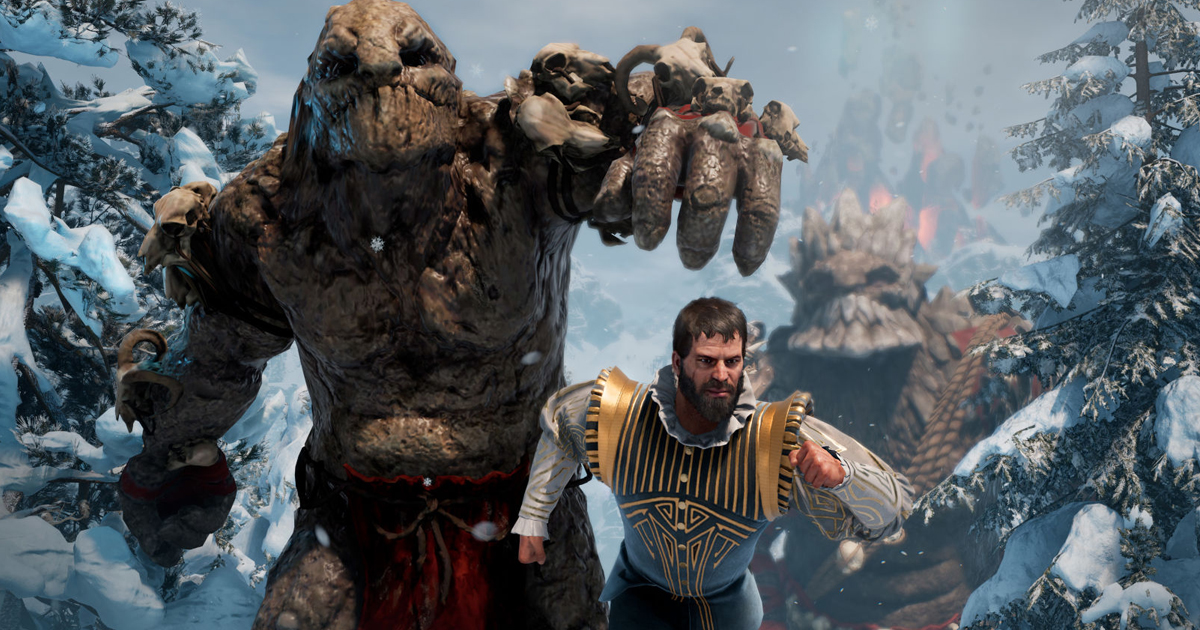1C Entertainment technical art director Alexey Vlasov has shared some details about the development of King’s Bounty II. The main production took only about two years, so it was a challenge for the whole team to make everything on time and optimize the game for all platforms.
Vlasov’s article appeared on 80 Level on September 18.
Key details
- All the geometry and textures for vegetation are procedurally generated, which accounts for 95-98% of the environment’s content. Vlasov cited No Man’s Sky as an example of this technique, although it had more stylized graphics, and King’s Bounty II is more realistic.
- The pipeline consisted of SpeedTree, Substance Painter, and Substance Designer, which made optimization a lot easier. According to Vlasov, the team had to individually adjust models for Nintendo Switch only in 2-3% of all the cases.
- Every blade of grass and flower in King’s Bounty II is animated and moves according to the wind.
- The studio developed the UVW Pivot Animation tool to animate leaves. As Vlasov noted, this method, first used in Ultimate Spider-Man, works like this: “The texture defines the coordinates of the base of the leaves which can be rotated relative to these coordinates.”
- The team used a single skeleton for all 1300 characters, including citizens, to meet deadlines (all characters should have been created in less than one and a half years). It let them change proportions and model different body types, and all clothes were also automatically adjusted to bone sizes.
- To make the game look similar on all platforms was one of the biggest challenges, both in terms of content and code.
King’s Bounty II came out on August 24, getting mixed reviews from critics and players. Its PC version currently has an average score of 65/100 on Metacritic and 60% of positive reviews on Steam.

